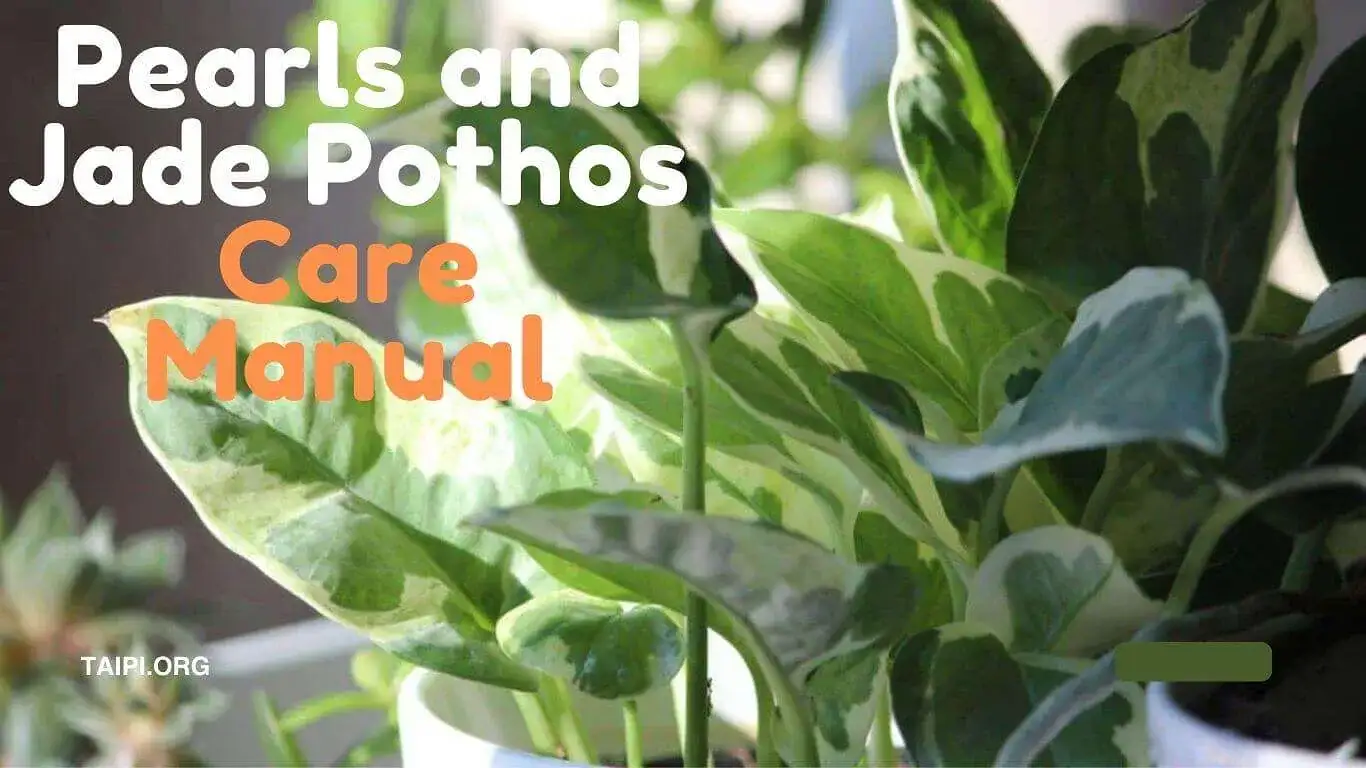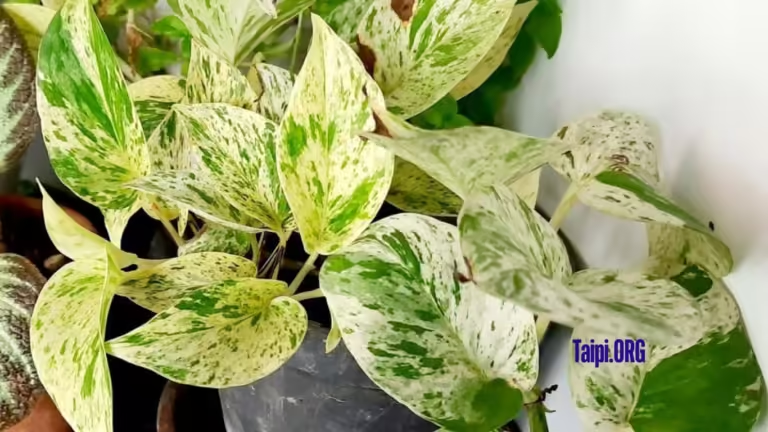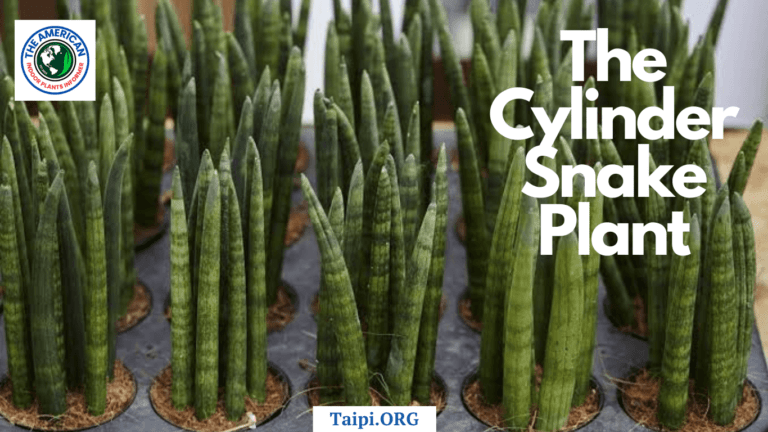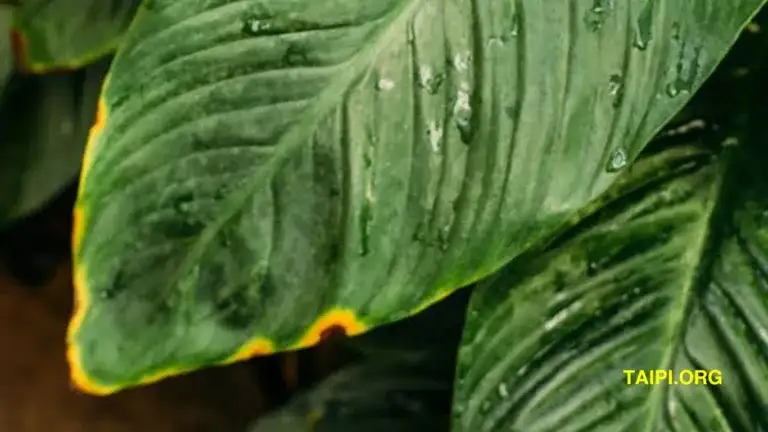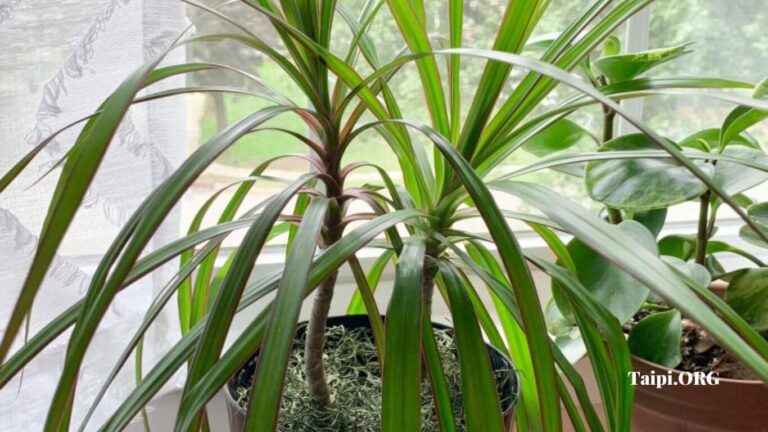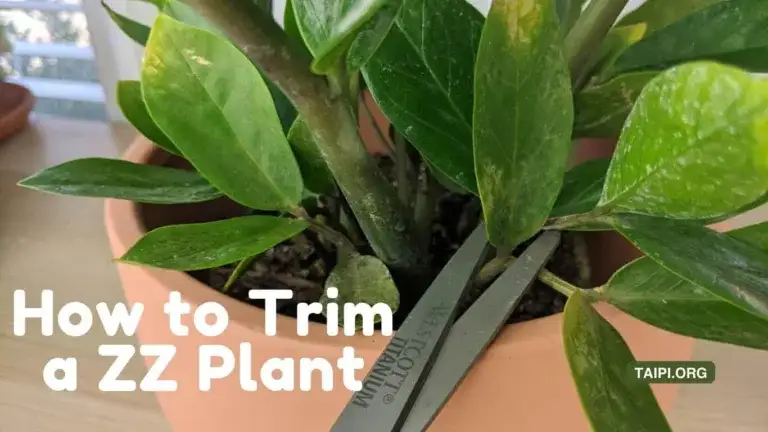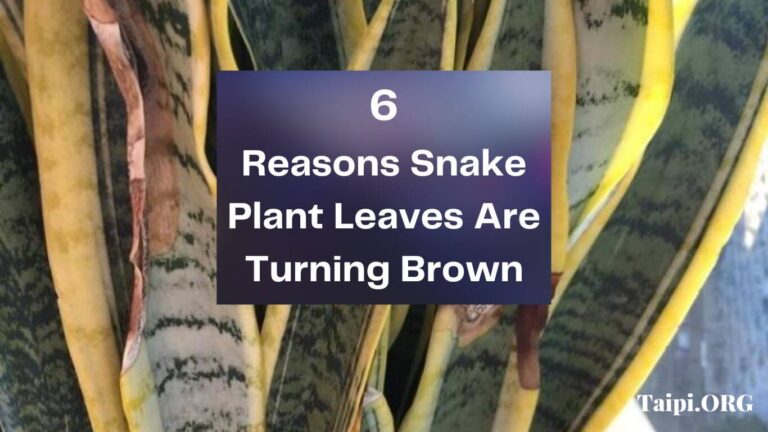Pearls and Jade Pothos: A Comprehensive Care Manual
PEARLS and Jade Pothos (Epipremnum aureum ‘Pearls and Jade’) is a stunning variation of the classic Pothos plant, revered for its elegant, variegated leaves. With its lush greenery accented by creamy white and silvery streaks, this cultivar adds a touch of sophistication to any indoor space. If you’re considering bringing this beauty into your home or office, understanding its care requirements is essential to ensure its health and vibrancy. In this article, I give you a detailed guide to help you nurture your Pearls and Jade Pothos to perfection:
Pearl and Jade Pothos Fact File
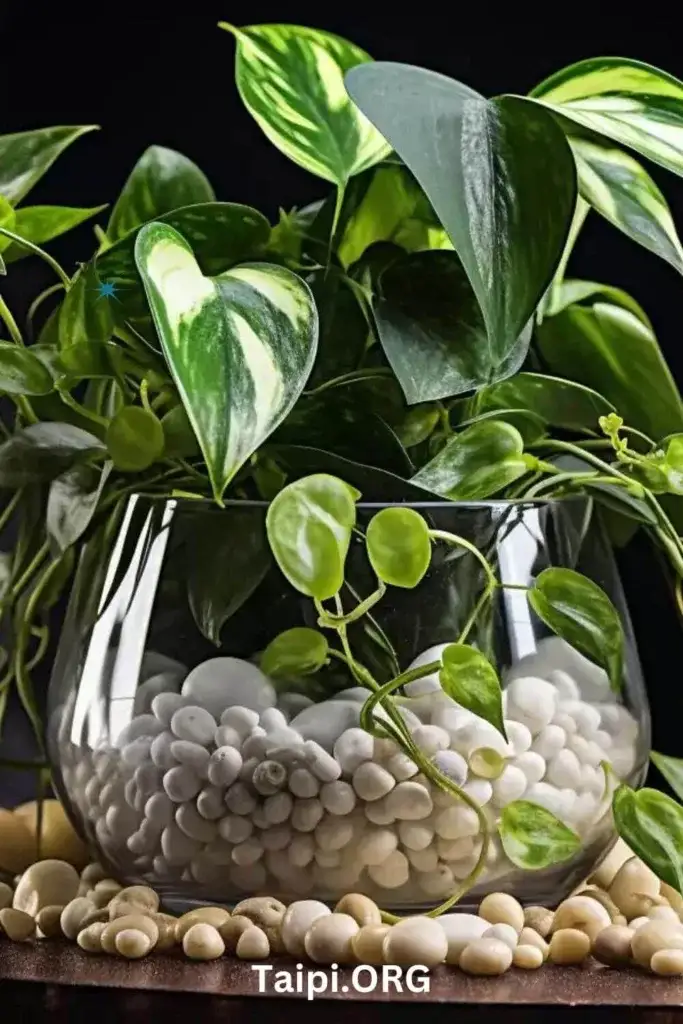
Pearls and Jade Pothos is celebrated for its captivating white and green variegated foliage, inspiring its enchanting name.
Contrary to popular belief, the Pearls and Jade Pothos, along with the well-known Marble Queen Pothos, were developed in 2009 by the University of Florida.
While these two Pothos varieties share a lineage, they exhibit distinct characteristics.
Pearls and Jade Pothos are recognized for their slender leaves and smaller stature compared to other Pothos cultivars like the Golden Pothos.
This particular Pothos cultivar emerged as a mutation within the Marble Queen Pothos plant group, boasting exquisite off-white hues interwoven with muted forest greens, creating a remarkable visual spectacle.
Since its introduction to the houseplant community in 2008, the Pearls and Jade Pothos has swiftly ascended to become a cherished and sought-after cultivar within the realm of Pothos enthusiasts.
Pothos plants, native to the Solomon Islands, are perennial, evergreen climbers renowned for their adaptability and resilience in indoor environments.
How to Care for Jade and Pearl Pothos
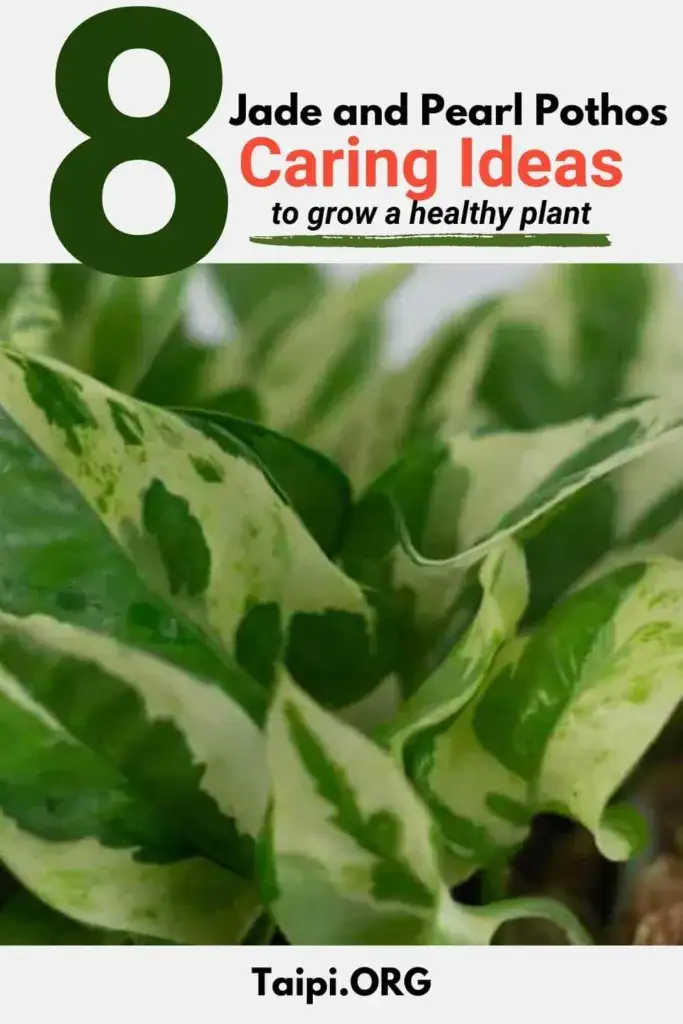 Source: John Granen
Source: John GranenWhen speaking about pearls and jade pothos care, it is essential to know that this houseplant is one of the favorites among Americans. So, what do you need to know before you grow this indoor plant?
Here are the common considerations:
1. Light Requirements
Pearls and Jade Pothos thrive in moderate to bright, indirect light. While they can tolerate lower light conditions, they may not grow as vigorously or produce as many variegated leaves.
For good results, avoid exposing the plant to direct sunlight for extended periods, as this can scorch its delicate foliage.
2. Temperature and Humidity
Maintain a consistent room temperature ranging from 65°F to 85°F (18°C to 29°C). These plants are adaptable and can tolerate slight fluctuations, but they prefer warmth.
Pothos plants appreciate moderate to high humidity levels. You can enhance humidity by misting the leaves regularly or placing the plant on a humidity tray filled with water and pebbles.
3. Watering
Water your Pearls and Jade Pothos thoroughly when the top inch of the soil feels dry to the touch. Avoid overwatering, as Pothos plants are susceptible to root rot.
Ensure proper drainage in the pot to prevent water from pooling around the roots. Empty the saucer beneath the pot after watering to avoid waterlogging.
During the winter months or periods of lower light and temperature, reduce the frequency of watering to prevent waterlogged soil.
4. Soil and Potting
Use a well-draining, lightweight potting mix that retains moisture without becoming compacted. Generally, a mixture of peat moss, perlite, and potting soil works well for Pearls and Jade Pothos.
Repot the plant every 1-2 years, preferably in the spring, to refresh the soil and provide additional room for growth. Choose a slightly larger pot to accommodate the expanding root system.
Related: How to Repot a Snake Plant with Root Rot
5. Fertilization
Feed your Pearls and Jade with a balanced, water-soluble fertilizer diluted to half strength once a month during the growing season (spring through summer).
Reduce fertilization frequency during the fall and winter months when the plant’s growth slows down. Over-fertilizing can lead to salt buildup in the soil, causing harm to the roots.
6. Pruning and Maintenance
Regular pruning helps maintain the plant’s shape and encourages new growth. Trim leggy stems and remove any yellowing or damaged leaves to promote overall health and appearance.
Pinching back the growing tips encourages bushier growth and prevents the plant from becoming sparse.
Inspect the plant periodically for signs of pests, such as mealybugs or spider mites. If detected, treat the infestation promptly with insecticidal soap or neem oil, ensuring thorough coverage of both sides of the leaves.
7. Propagation
Pearls and Jade is easy to propagate through stem cuttings. Snip a healthy stem just below a leaf node and place it in water or a moist potting mix.
Keep the cutting in a warm, bright location, and roots should develop within a few weeks. Once rooted, transplant the cutting into its pot, following the same care guidelines as for mature plants.
8. Toxicity
Like other varieties of Pothos, Pearls and Jade is toxic to pets and humans if ingested. Keep it out of reach of children and animals, and consider hanging it from a ceiling hook or placing it on a high shelf to prevent accidental ingestion.
Pothos Pearls and Jade Final Thoughts
In conclusion, Pearls and Jade Pothos is a captivating addition to any indoor environment, bringing beauty and vitality with its lush foliage.
By providing the right balance of light, water, and nutrients, along with regular maintenance and care, you can enjoy the elegance of this plant for years to come.
With proper attention, your Pearls and Jade Pothos will thrive and become a cherished centerpiece in your home or office space.

